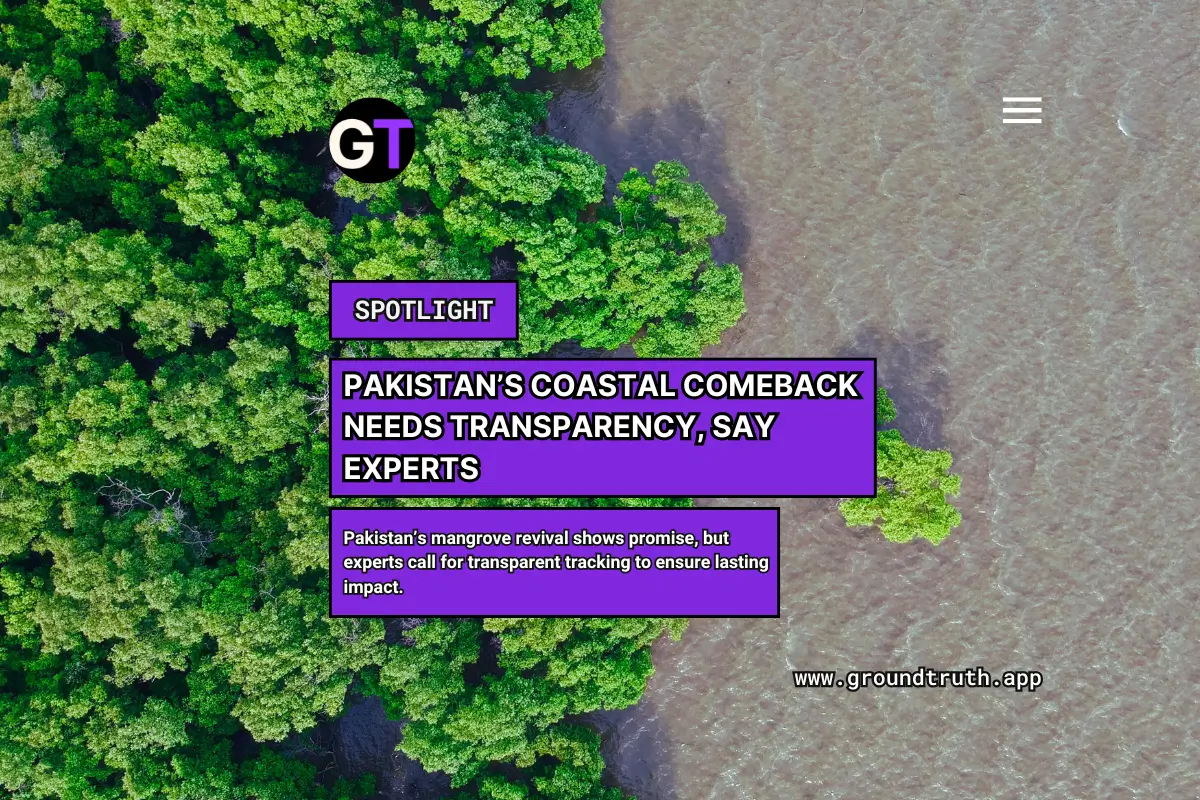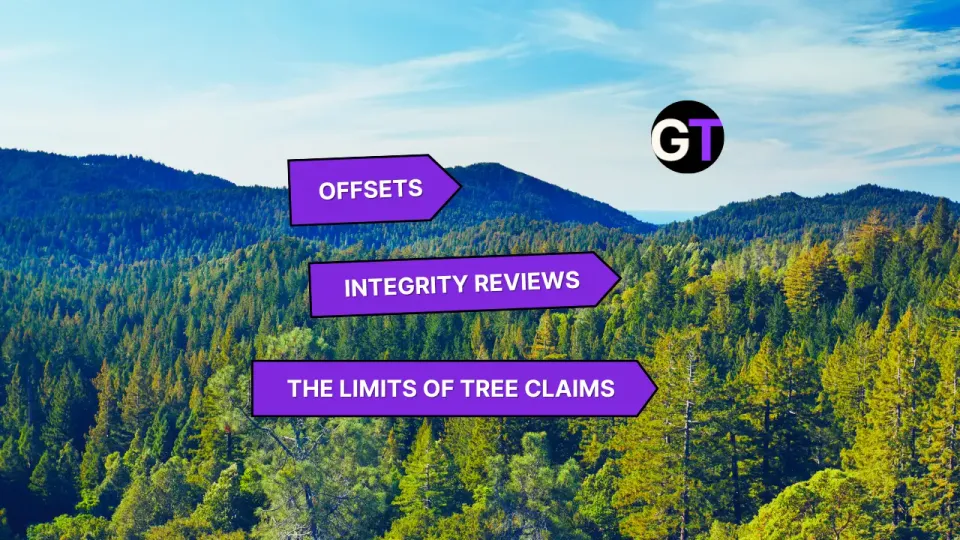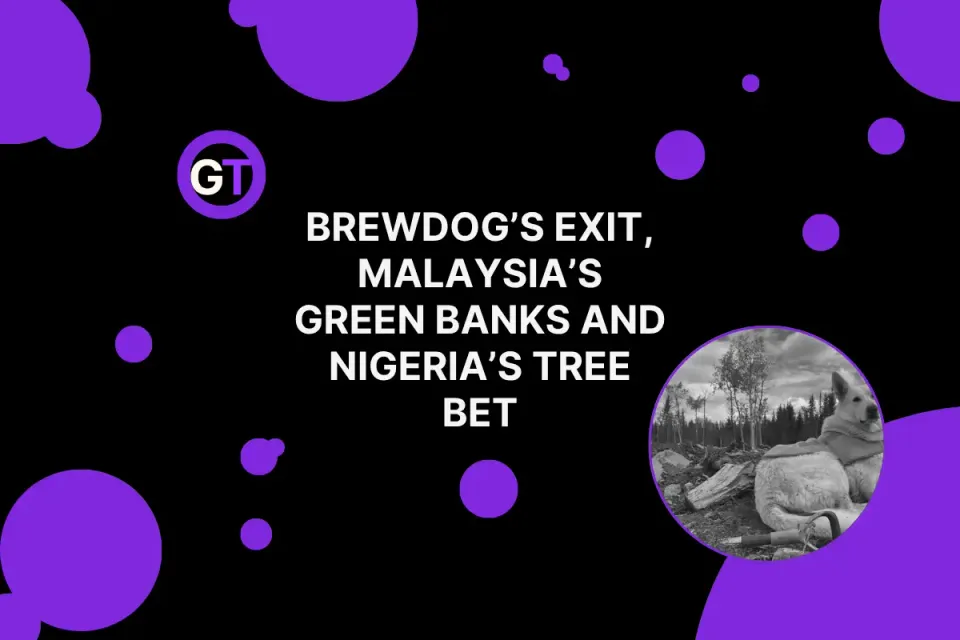Pakistan’s Coastal Comeback Needs Transparency, Say Experts
Pakistan’s mangrove revival shows promise, but experts call for transparent tracking to ensure lasting impact.

Mangrove forests: nature’s answer to climate chaos, the fisheries sector’s best friend, and—let’s be honest—Pakistan’s shot at some serious blue carbon credit cash.
But here’s the kicker: if we’re going to reforest our coastline, we better do it right—with maximum transparency, accountability, and local community participation. Otherwise, we’re just planting trees in the dark.
That’s the message experts hammered home at the seminar “Carbon Footprints, Carbon Credits, and Mangrove Conservation: Opportunities and Challenges”, hosted by the Irtiqa Institute of Social Sciences (IISS). And let’s just say, they weren’t mincing words.
Mangroves: The Ultimate Coastal MVPs
Kamran Abbas, financial market whiz and IISS executive committee member, laid it out in simple terms:
- Mangroves are a frontline defense against climate disasters. Think of them as nature’s storm shields, keeping coastal communities safe.
- They’re an economic goldmine—especially for fisheries. No mangroves, no baby fish, no seafood exports.
- They suck up carbon like pros—four times more than mainland forests. More trees = more carbon credits = more $$$ for Pakistan.
From 600,000 to 40,000... and Back Again?
Historically, Pakistan’s mangrove forests spread across 600,000 hectares. Then came unchecked urban sprawl, environmental negligence, and industrial madness—by the 1980s, they were down to a mere 40,000 hectares. Fast forward to today, and thanks to reforestation efforts, we’re back up to 130,000 hectares. Not bad, but there’s still work to do.
And here’s where the transparency talk kicks in. Abbas and his fellow experts didn’t just celebrate the progress—they called for better oversight, stricter monitoring, and full community involvement in every mangrove restoration project. After all, if global carbon markets are going to pay Pakistan for its blue carbon efforts, they’ll demand proof that these forests aren’t just pretty PR stunts.
A Promising Comeback
Pakistan’s restoration efforts have drawn praise from environmental experts. The wetland restoration efforts demonstrate the country’s commitment to environmental conservation and sustainable development, says Bilquees Gul, co-founder and former director of the Institute of Sustainable Halophyte Utilization at the University of Karachi. She told Mongabay in a recent article that the increased coverage of mangrove forests and improved ecosystem health as clear indicators of success.
But large-scale tree-planting and carbon-credit projects—including Pakistan’s—have faced scrutiny, particularly over low survival rates. A 2015 literature review analyzing 54 mangrove restoration projects worldwide found that median survival rates in developing countries, typically assessed within the first two years, were 44.7%.
Pakistan’s mangroves initially fall right in line, with survival rates between 40-45%, says Pervaiz Amir, a water expert and steering committee member of the Global Water Partnership in Pakistan. But the game-changer? Restocking.
By replacing saplings that fail to take root, survival rates improve significantly. With this approach, Gul says, the long-term survival rate over the last two years has jumped to 90%—a major win for sustainability.
The Road Ahead: Transparent Tracking or Trouble?
Mangrove restoration in Pakistan is showing serious potential, but experts warn that success won’t be measured in hectares planted alone. For these efforts to be credible, Pakistan needs a transparent, publicly accessible system to track all tree-planting initiatives—mangroves included.
Right now, information on plantation survival rates, carbon credit earnings, and long-term ecosystem impact is scattered, often difficult to verify, and sometimes shrouded in political fanfare. Without independent oversight and real-time data, reforestation risks becoming just another numbers game—where trees are counted at planting but not monitored for survival.
A solution, in our view? Freely available open-source mapping, third-party audits, and digital dashboards that allow scientists, policymakers, and the public to track progress in real time.
Done right, this could secure healthier coasts, verifiable carbon credits, and lasting environmental impact. But if transparency remains an afterthought? Then Pakistan’s mangrove revival may be just another green promise waiting to fade
Sources
Correspondent. (2025, February 17). Call for adopting transparency in mangrove forest restoration projects. The News International.
Hussain, M., & Rahman, A. (2022). Monitoring spatial and temporal distribution, pattern, and trend prediction of coastal mangroves in Pakistan using geospatial techniques. In R. Dasgupta, S. Hashimoto, & O. Saito (Eds.), Assessing, mapping and modelling of mangrove ecosystem services in the Asia-Pacific region. Science for Sustainable Societies. Springer, Singapore. [Full text]
Irtiqa Institute of Social Sciences. (2025, February 19). Video. Facebook.
Khan, A. (2024, February 5). Pakistan bucks global trend with 30-year mangrove expansion. Mongabay.
Edited by Chris Harris

This work is licensed under a
Creative Commons Attribution 4.0 International License.




